Two Arleigh Burke-class guided-missile destroyers, USS Jason Dunham (DDG 109) and USS Stout (DDG 55), both part of the Harry S. Truman Carrier Strike Group (HSTCSG), have conducted routine maritime operations in the Barents Sea, U.S. Naval Forces Europe-Africa announced on 21st October.
These operations took place in international waters as part of the U.S. Navy’s commitment to maintaining a strong presence in the Arctic region.
The Barents Sea, located off the northern coasts of Norway and Russia, presents a challenging environment for naval operations due to its extreme weather and austere conditions.
Rear Adm. Sean Bailey, commander of the HSTCSG, remarked, “Our ability to conduct sustained operations in the challenging Arctic region is critical to maintaining an enhanced global presence. Stout and Jason Dunham entered the Barents Sea to build the U.S. Navy’s situational awareness in the austere Arctic environment and underscore our commitment to preserving a free and open Arctic.”
These operations align with international law and are designed to enhance domain awareness, deter potential adversaries, and improve operational readiness in a rapidly changing Arctic landscape. The region has seen increased human and military activity, partially driven by climate change, which has resulted in melting ice and warmer temperatures.
The Barents Sea is an exceptionally unique and dynamic environment, and presents a great opportunity for Jason Dunham to reinforce our warfighting readiness in the Arctic,” said Cmdr. Aaron Jefferson III, commanding officer of the USS Jason Dunham (DDG 109). “Our capacity to operate confidently in any conditions across the maritime domain is crucial to our mission and demonstrates the Navy’s resolve to our Allies. The crew of Jason Dunham remains motivated, postured, and ready to respond to threats wherever they should arise.”
The U.S. Navy has a history of operating in the Barents Sea, with a surface action group of three Arleigh Burke-class destroyers and the Royal Navy’s HMS Kent conducting operations in the region in 2020.
This latest operation also reflects the United States’ broader commitment to the Arctic as outlined in the 2024 Department of Defense Arctic Strategy. Released in July, the strategy emphasizes the importance of maintaining a secure and stable Arctic region in collaboration with Allies and partners. The operations of USS Stout and USS Jason Dunham further advance the strategy’s objectives by enhancing domain awareness and Arctic readiness.
The Harry S. Truman Carrier Strike Group continues to support U.S. Naval Forces Europe-Africa’s maritime operations, working alongside Allies to maintain safety, security, and stability in international waters. The strike group includes the USS Harry S. Truman (CVN 75), Carrier Air Wing 1, the Ticonderoga-class cruiser USS Gettysburg (CG 64), and the destroyers USS Stout and USS Jason Dunham.
The U.S. Navy’s forward presence and ability to project power in regions like the Arctic remain a cornerstone of its global mission to ensure freedom of navigation and deter adversaries in strategic maritime domains.


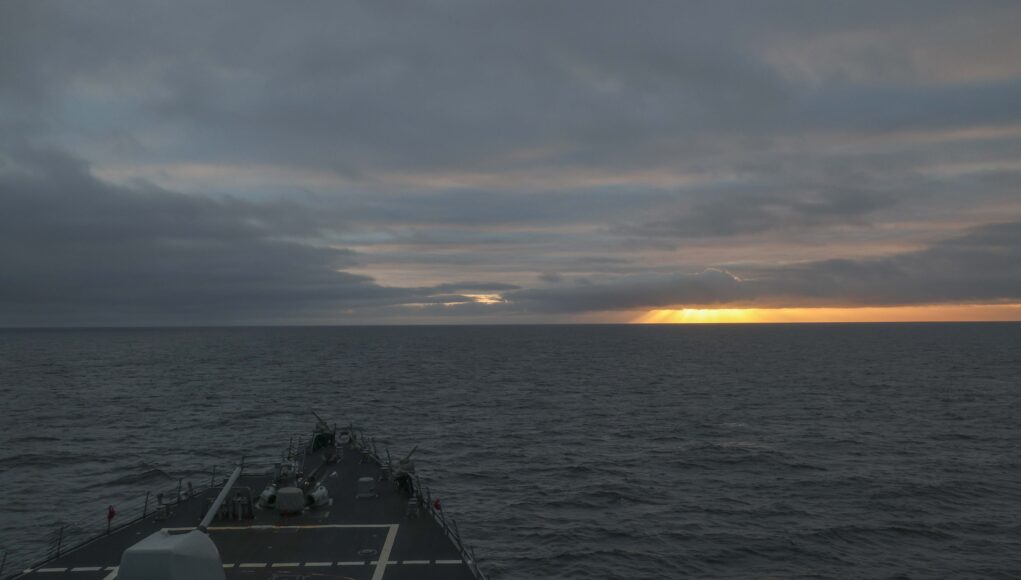



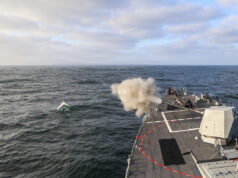
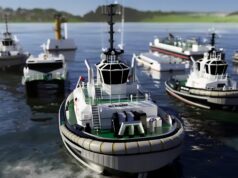

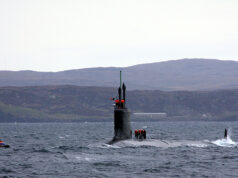
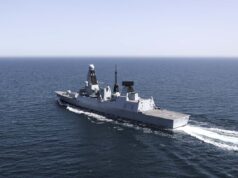

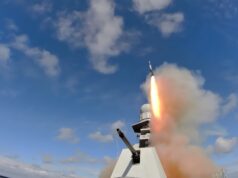

Warfighting readiness? Are you joking? 😂
No joke ask Russia with its tin pot army.